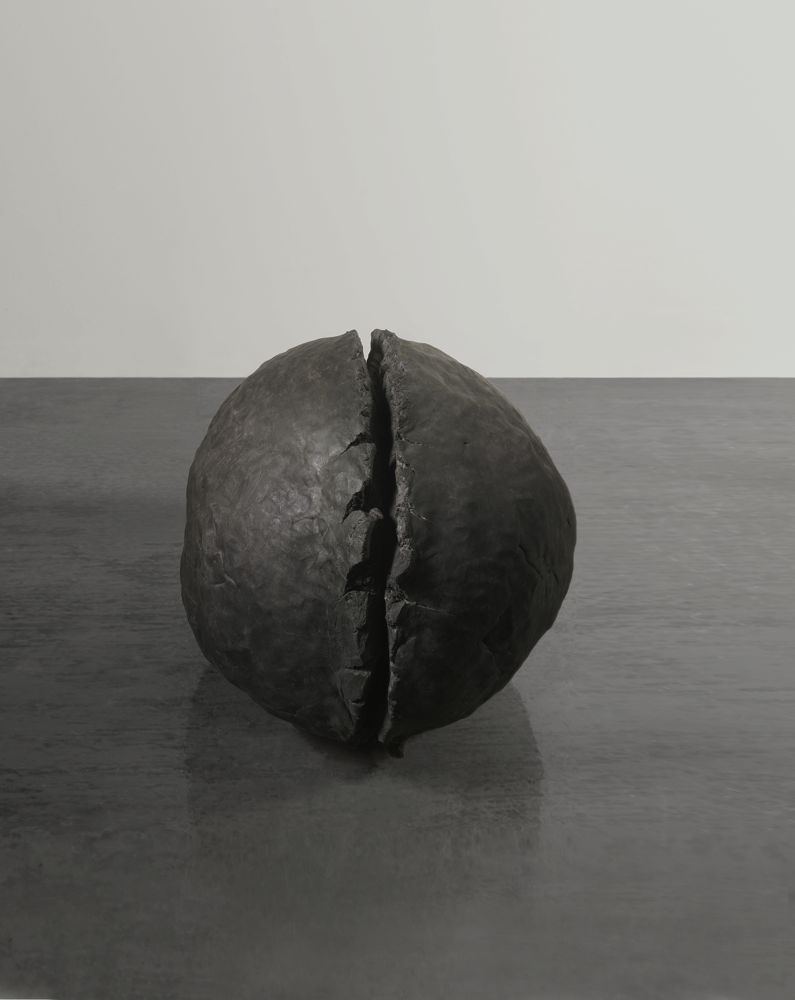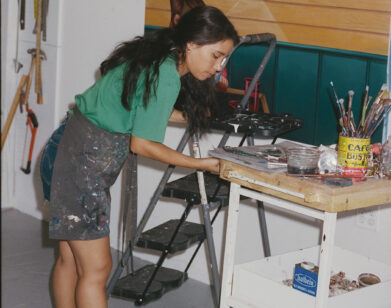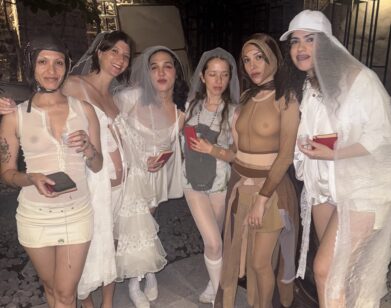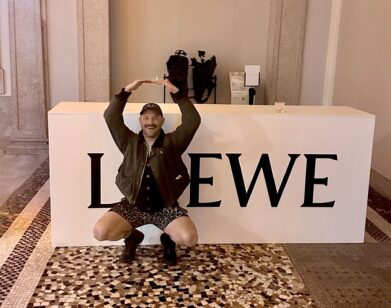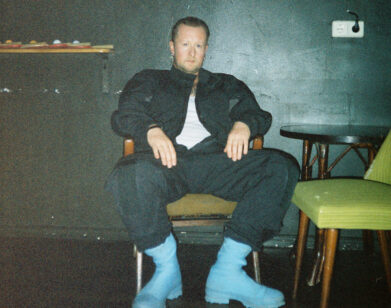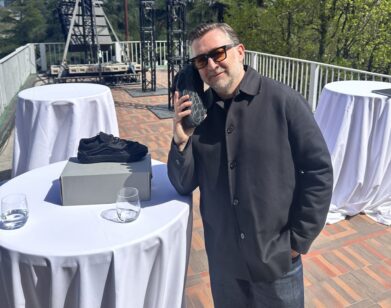An Audible Presence in New York
Imagine 20 minutes of a blaring single note, emitted in unison by a symphony and a choir. Imagine it followed by 20 minutes of pure silence—no phones, no checking e-mails. Three naked women, “human paintbrushes,” roll in blue paint and press themselves on a blank piece of paper. They freeze when the music stops. The whole messy, abrasive assemblage is the design of mid-century French artist Yves Klein. Called Monotone-Silence Symphony, the performance piece was first staged in Paris on March 9, 1960, for the only time in Klein’s life.
Klein wrote of the symphony’s effect as an “audible presence.” New York’s Dominique Lévy Gallery borrowed the phrase for the title of its inaugural exhibition, “Audible Presence: Lucio Fontana, Yves Klein, Cy Twombly,” which opens today; the first performance of Symphony ever in New York is tonight at Madison Avenue Presbyterian Church. Gallerist and dealer Dominique Lévy, the founder of L&M Arts and former Christie’s powerhouse, curated the show to echo Klein’s original idea. It’s an abstract concept she describes as “part of the essence of a painting, or a sculpture” that can be sensed in the hushed atmosphere of gallery or museum. “The energy is audible,” Lévy stresses.
The three mid-century European artists she brings together, Klein, Cy Twombly, and Lucio Fontanta, have distinct signatures— Klein’s use of blue, Twombly’s calligraphic scrawls, and Fontana’s punctured canvases—and a diverse oeuvre. But Lévy is looking beyond the finished works and examining what shaped them. Looking back, “These three artists have travel in common,” she says. Each journeyed to Assisi, Italy early in their careers and was inspired by the country’s rich artistic history. Giotto, a Florentine Renaissance painter, was particularly impactful. “Klein discovered the blue of Giotto. Twombly discovered the blue of Giotto. And Fontana was struck by the architecture and space in Assisi,” describes Lévy.
The works included span a 30 year period, and share subtle formal and conceptual similarities. “I believe each of these artists have thought very long and very hard about silence,” explains Lévy. “They have that common thread.”
For Lévy, though, Klein’s work was foundational. “It’s been a passion of mine forever,” she shares, and the Symphony encapsulates it. “Klein said it’s what he wanted his life and his art to be about: the moment of noise and activity and performing and painting and action followed by stillness and silence.”
How will a New York audience react? “In 1960 it was a shock,” says Lévy. “I think now it may be less so, because we’ve seen so many things since then. But I think it will be as shocking to whoever is in the room. I think we’re not used to that kind of treatment on our senses.”
“I’m sure we’ll have lots of surprises,” she adds.
“AUDIBLE PRESENCE: LUCIO FONTANA, YVES KLEIN, CY TWOMBLY” WILL BE ON VIEW AT DOMINIQUE LÉVY GALLERY THROUGH NOVEMBER 16. THE FIRST PERFOMANCE OF SYMPHONY IN NEW YORK WILL BE HELD TONIGHT AT MADISON AVENUE PRESBYTERIAN CHURCH.

